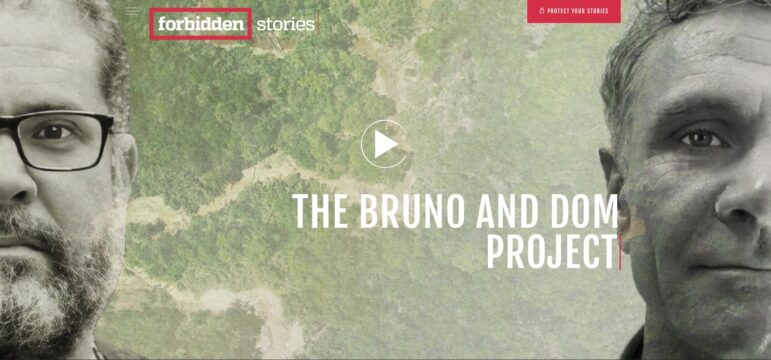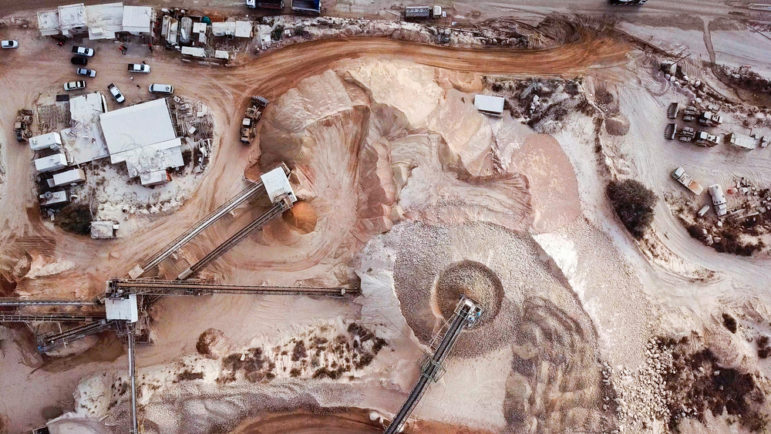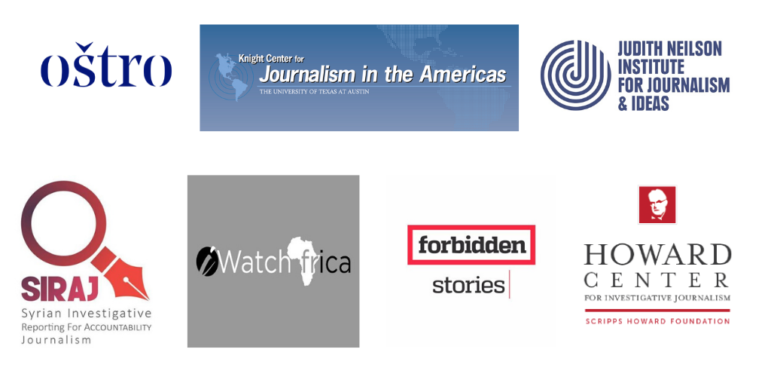
Getting the Story Out
Forbidden Stories Goes to the Theater
For one night, the French nonprofit media site brought its staff and projects to a Paris theater to share its investigations into journalists who have been killed or silenced.

For one night, the French nonprofit media site brought its staff and projects to a Paris theater to share its investigations into journalists who have been killed or silenced.

The goal of Forbidden Stories is to send a strong signal to those who oppose press freedom and want to act with impunity that killing a journalist won’t kill the story.

After the British journalist Dom Phillips and the Brazilian Indigenous affairs expert Bruno Pereira were killed, several newsrooms and more than 50 journalists collaborated on Forbidden Stories’ The Bruno and Dom Project, to honor the pair’s legacy and expose illegal activities in the area along the borders of Brazil, Peru, and Colombia, where the men were murdered.

Ján Kuciak was building a name for himself with his investigations on corruption when he was shot dead alongside his fiancée — the first targeted killing of a journalist in Slovakia’s modern history. A collective of reporters worked together to publish his final story, and then set up an investigative journalism center in his name.

Marking the International Day to End Impunity for Crimes against Journalists, a panel of experts at GIJC21 revealed that investigating journalist murders can not only turn impunity into justice, but can also deter ruthless actors from potential future violence.

In a collaboration of 16 news organizations, the Pegasus Project revealed that thousands of citizens — including 180 journalists — were selected as targets of commercial spyware by 11 governments. The coordinators of that project told GIJN how the investigation worked, and offered detailed tips on how to investigate while under extreme threat of digital surveillance.

Investigating the environment in developing countries can be a particularly dangerous game – far more so in the Global South than in North America and Europe. Journalists in the developing world are prime targets for powerful political and economic interests, operate in a hostile climate, and often lose their lives far from the Western media spotlight.

Our NodeXL mapping from July 12 to 18, which tracks the most popular data journalism stories on Twitter each week, found a series of articles resulting from the collaborative project that analyzed an unprecedented leak of more than 50,000 phone numbers selected for surveillance. In this edition, we also feature an insight into Facebook’s data wars by The New York Times, an interactive piece by Al Jazeera on how the holy city of Mecca has expanded, and a colorful project by the Washington Post on the rise of K-pop.

For this week’s Friday 5, where GIJN rounds up journalism news in English from around the world, we’re reading about the new Corruption Tracker for the international arms trade, dodgy deals in personal protective equipment procurement, and a recently launched organization to support whistleblowers legally, as well as financially.

The Global Investigative Journalism Network is delighted to welcome seven new member organizations based in five countries. We are particularly pleased to welcome our first member in Australia and our first representing Syrian journalists. The new groups bring GIJN’s global membership to 184 organizations in 77 countries.